Research Projects
CEDB Current and Recent Research Projects
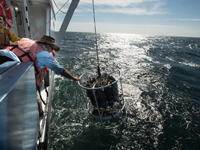
GMRI Oil Spill Consortia Research
CEDB is participating in two research consortia funded by the Gulf of Mexico Research Initiative funded by BP following the Deepwater Horizon drilling rig and well failure during the summer of 2010.
Gulf of Mexico Research Initiative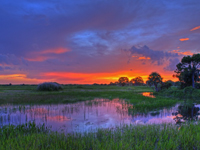
Integrated Water Quality Monitoring Plan for Northwest Florida/Alabama Watersheds
The goal of this project is to produce a draft monitoring and reporting plan that is comprehensive, consistent and integrated across the watersheds from St. Andrews Bay to Perdido systems. A unified plan will aid everyone in getting the attention and funding necessary to maintain and enhance critical water quality trends monitoring. UWF’s role is to facilitate coordination of existing effort and identify gaps and discrepancies.
Integrated Water Quality Monitoring Plan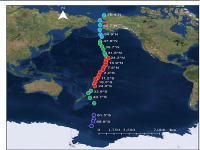
Pacific Ocean Microplankton Study
Through use of culture independent techniques such as next generation sequencing, the CEDB evaluates the microbial biogeography of the Bacteria, Eukarya and Archaea in the surface waters of the Pacific Ocean. Microbial communities are analyzed with respect to spatial trends and against recorded environmental parameters.
Microplankton Study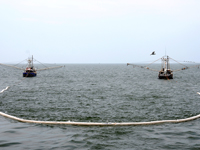
Assessing the Impact of the Deepwater Horizon Oil Spill on Coastal Waters of the Florida Panhandle Water Sediments and Fish
The northern coast of the Gulf of Mexico is currently being inundated by oil from the Deepwater Horizon well, with total releases now in the 40-60,000 tonne range. Oil has already impacted the Louisiana, Mississippi and Alabama coasts, has begun to appear on beaches and barrier islands in northwest Florida and threatens the entire coast of the Florida panhandle, including Apalachicola area and its fisheries.
Assessing the Impact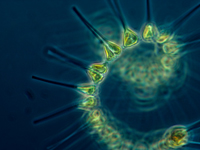
Uncoupling of Autotrophy and Heterotrophy: Effects of the Deepwater Horizon Oil Spill on Microbial Food Webs
Oil and its constituents are primarily degraded by native microorganisms with abiotic processes being less important. Oil provides a high amount of organic material available to support bacterioplankton growth, the specific source of carbon, however may select for specific groups of bacterioplankton – shifting the microbial community structure which may alter other biogeochemical cycles as well.
Uncoupling of Autotrophy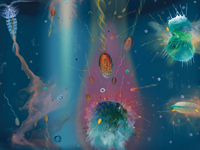
Studies of Microbial Communities Affected by the Deepwater Horizon Spill
This collaborative project will perform comparative analyses of the archaeal and bacterial communities in areas impacted by oil or oil dispersants. Samples collected pre- and post-oil impact from locations along the Central Northern Gulf of Mexico will be analyzed for their microbial community using culture dependent and independent techniques.
Microbial Studies
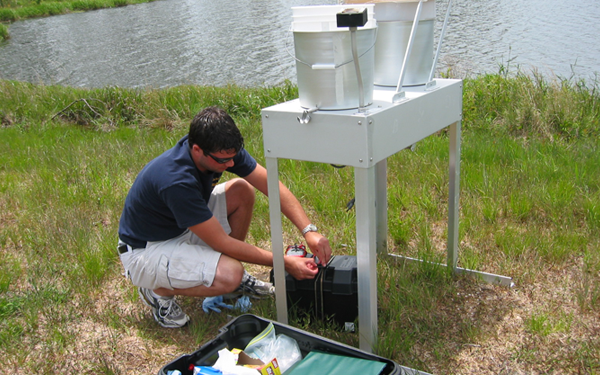
Atmospheric Deposition of Mercury and Trace Metals to the Pensacola Bay Watershed Phase
This project provides for monitoring of atmospheric deposition of mercury, trace metals and major ions in the Pensacola Bay watershed.
Atmospheric Deposition of Mercury and Trace Metals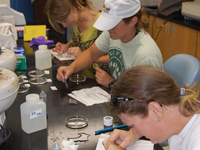
Metabolism and Oxygen Dynamics in NERR Estuaries
This project focuses on primary production, particularly phytoplankton production because it directly supports higher trophic levels and oxygen dynamics because of the negative effects of low DO on many species.
Metabolism and Oxygen Dynamics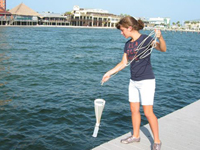
Wet Prairie Habitat Restoration Evaluation and Management Strategies for the Garcon Point Water Management Area FY2011
The Florida Panhandle has suffered significant submerged aquatic vegetation (SAV) loss since the 1950’s due to dredging operations (EPA 2007) and industrial wastewater discharges into local estuary systems (EPA 2005).
Factors Controlling Transplanted SeagrassResearch Reports


